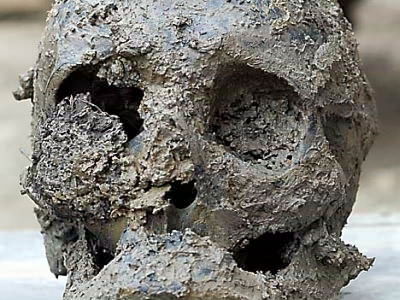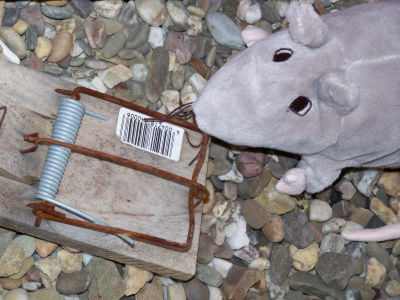Why are many ancient Roman statues headless?

Some statues made in ancient Rome, such as the ancient Greek statue ' Winged Victory of Samothrace ,' are headless. LiveScience, an overseas media outlet, explains why they are headless.
Why are so many Roman statues headless? | Live Science
https://www.livescience.com/archaeology/romans/why-are-so-many-roman-statues-headless

According to
It is said that the ancient Romans also intentionally destroyed statues. In ancient Rome, the parliament would sometimes carry out a measure called ' Damnatio Memoriae ' (record erasure punishment), which was carried out after the death of a notorious emperor with the aim of erasing that emperor from the memory of the citizens. Damnatio Memoriae involved erasing the emperor's name from records, seizing his property, and destroying portraits and statues related to that emperor. Damnatio Memoriae was actually carried out after the death of Nero , who was known as a tyrant.
On the other hand, by intentionally making the head removable, different materials could be used for the head and body, different sculptors could work on the same statue, and the heads could be swapped out.

Another reason is that art dealers are intentionally decapitating statues to make a lot of money. Ancient Roman statues are traded at high prices, so art dealers intentionally decapitate statues and sell them separately from the body in order to sell them at a higher price than if the parts were complete. The 'Draped Woman'

When the 'Draped Woman' was discovered, sloppy cuts and holes were found in the head, making restoration extremely difficult, but thanks to the diligent work of conservators, the 'Draped Woman' has been restored.

Related Posts:
in Science, Posted by log1r_ut







